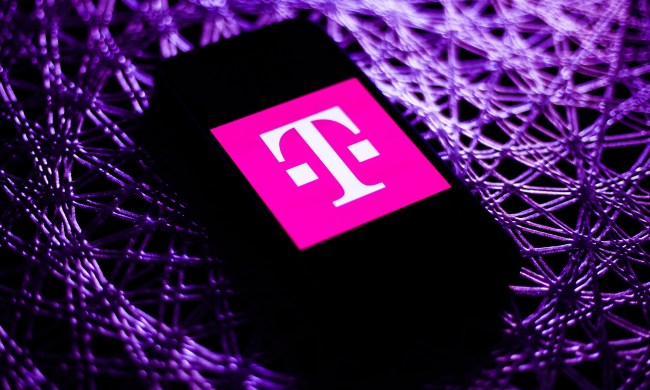Despite a seemingly unequivocal joint statement from AT&T and Verizon CEOs that they would be forging ahead with scheduled deployments of midband 5G spectrum, it appears that the two carriers have backed down, agreeing to the two-week delay requested by senior U.S. transportation and aviation officials.
Both carriers were to begin rolling out the new C-band spectrum as soon as January 5. However, U.S. Transportation Secretary Pete Buttigieg and Federal Aviation Administration (FAA) Chief Steve Dickson sent a formal request to the CEOs of both companies asking that they delay the rollout for a couple of weeks. This would provide more time to address concerns around possible interference with aircraft instruments, officials said.

On Sunday, AT&T CEO John Stankey and Verizon CEO Hans Vestberg rejected the call for a delay, stating that doing so would be “an irresponsible abdication of the operating control required to deploy world-class and globally competitive communications networks.”
Instead, the pair of CEOs agreed to create a temporary “exclusion zone” around airports for a period of six months. They pointed to similar practices in other countries like France, where U.S. airlines regularly operate without incident.
Aviation industry fears persist
However, this wasn’t enough to quell the fears of aviation industry leaders. Trade groups such as Airlines for America called on the Federal Communications Commission (FCC) to act, adding that if it failed to do so, it would take the matter directly to the courts.
Sara Nelson, president of the Association of Flight Attendants-CWA (AFA), announced on Twitter that her 50,000 workers “won’t fly if there’s a question” about safety, adding that “we won’t allow the traveling public to be guinea pigs.” In an interview with MSNBC on January 3, Nelson put it more succinctly, stating that “we are simply not going to take off if those flights are potentially at risk.”
According to Reuters, AT&T and Verizon reversed course late last night, following a day of intensive talks” between the wireless firms and representatives from the aviation sector. Both companies have announced that they will now agree to the two-week delay after all, with AT&T noting that it was doing so at the request of Buttigieg.
Another delay
The new agreement pushes back the deployment date to January 19, and it’s clear that neither carrier has changed its mind about the safety of the new midband spectrum. .
After spending $80 billion to acquire the new spectrum in an FCC auction early last year, the carriers had planned to begin deployment on December 5. However, in early November, they voluntarily agreed to delay these rollouts into the new year to give the FAA more time to study the effects of the new spectrum. In late 2020, the RTCA, an independent standards development organization, published a research paper that showed evidence that a concentration of 5G telecommunications in the 3.7 to 3.98GHz spectrum could cause “harmful interference” to radar altimeters.
However, the carriers remain confident that the midband 5G spectrum poses no risk, and that the compromises they’ve proposed should provide even more certainty that the new frequencies won’t cause any interference with aviation. In December, both carriers said they would lower 5G power levels for the first six months of deployment, and more recently, they’ve promised to avoid setting up new C-band transceivers around airports entirely during the initial rollout.
In a statement, Verizon said the delay “promises the certainty of bringing this nation our game-changing 5G network in January.” AT&T added that “we know aviation safety and 5G can coexist, and we are confident further collaboration and technical assessment will allay any issues.”
The FAA commended the wireless carriers for agreeing to the delay, as well as the safety measures that they’ve proposed. “We look forward to using the additional time and space to reduce flight disruptions associated with this 5G deployment,” the FAA said.



